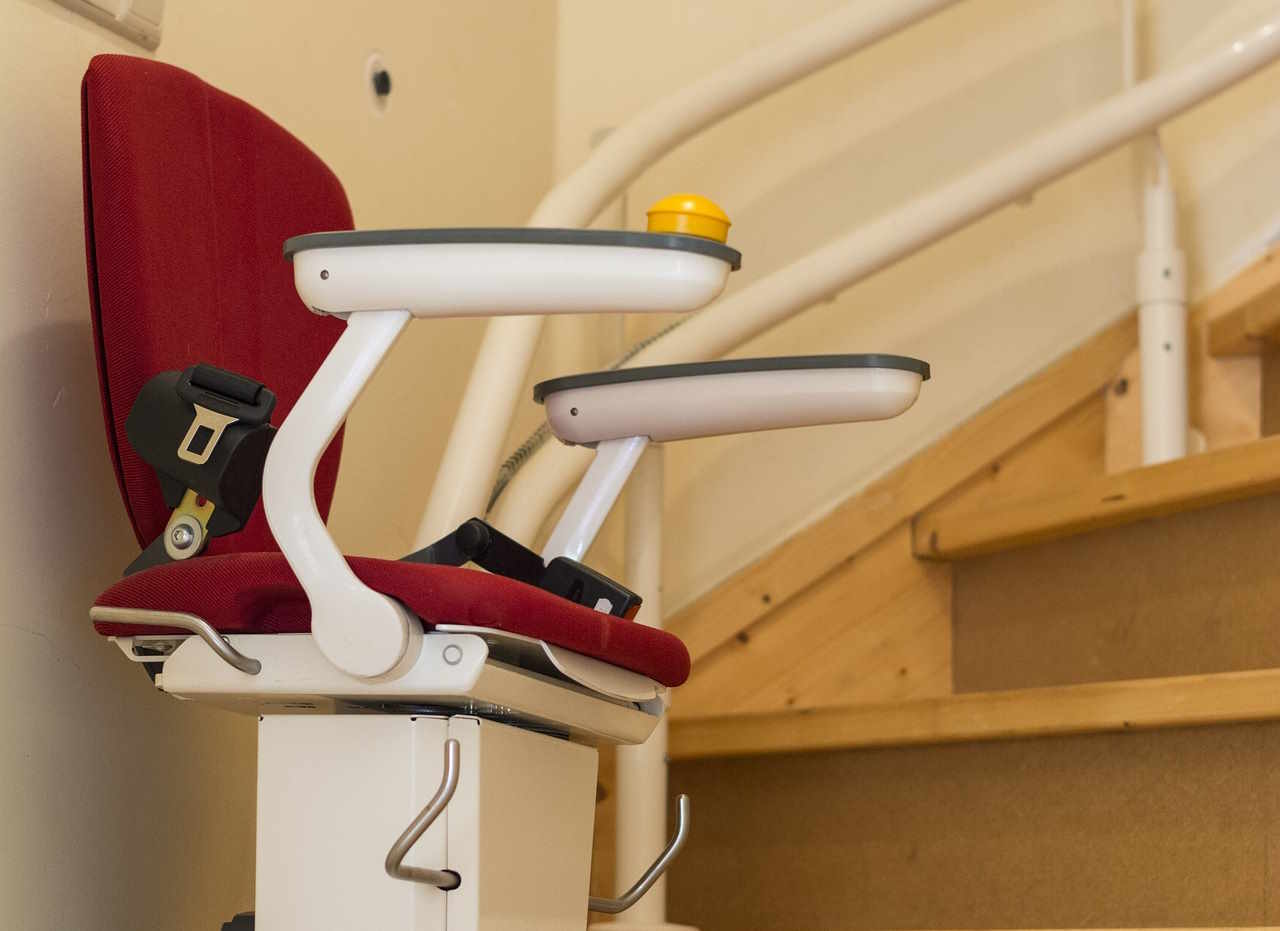Launch Your Rewarding Airline Training Career: Explore Opportunities in Aviation
The aviation industry offers diverse and fulfilling career paths for those passionate about flight, safety, and technology. From piloting commercial aircraft to managing ground operations, aviation training programs provide the foundational skills needed to thrive in this dynamic field. Whether you dream of navigating the skies or supporting critical airport functions, comprehensive training opens doors to exciting opportunities across the globe.

What Are the Different Types of Aviation Training Available?
Aviation training encompasses a wide range of specialized programs designed to prepare individuals for various roles within the industry. Flight training is perhaps the most recognized path, where aspiring pilots learn aircraft operation, navigation, and safety protocols through ground school and hands-on flight hours. This training typically includes private pilot licenses, commercial pilot certifications, and airline transport pilot qualifications.
Beyond piloting, aviation maintenance technician programs teach students to inspect, repair, and maintain aircraft systems and components. These programs cover airframe mechanics, powerplant systems, and avionics technology. Air traffic control training prepares individuals to manage aircraft movements safely and efficiently, requiring strong communication skills and the ability to work under pressure. Additionally, cabin crew training focuses on passenger safety, emergency procedures, and customer service excellence. Each training type addresses specific industry needs and offers unique career trajectories.
How Can One Pursue a Career in Aviation with Comprehensive Training Programs?
Pursuing an aviation career begins with identifying your area of interest and researching accredited training programs that align with your goals. Most flight training programs require a high school diploma or equivalent, while some advanced certifications may need college-level coursework in mathematics, physics, or engineering. Prospective pilots must obtain medical certificates from aviation authorities to ensure they meet health standards for flying.
Comprehensive training programs combine classroom instruction with practical experience. Ground school covers aviation theory, meteorology, regulations, and aircraft systems, while flight simulators and actual flight time develop hands-on skills. Many programs partner with airlines or aviation companies to offer internships and job placement assistance. Financing options such as student loans, scholarships, and veteran benefits can help manage training costs. The timeline varies depending on the certification level, with private pilot licenses taking several months and airline transport pilot qualifications requiring years of experience and flight hours.
Where Can One Enhance Their Skills at Renowned Flying Schools?
Numerous flight schools across the United States offer quality aviation training programs. ATP Flight School operates multiple locations nationwide and specializes in accelerated pilot training with a focus on airline career preparation. Their programs include partnerships with major airlines for direct pathways to employment. Embry-Riddle Aeronautical University, with campuses in Florida and Arizona, provides both degree programs and flight training with state-of-the-art facilities and experienced instructors.
CAE, a global leader in aviation training, operates training centers that offer pilot and cabin crew programs using advanced simulation technology. FlightSafety International provides comprehensive training for various aircraft types and serves both individual students and corporate clients. Regional flight schools and community colleges also offer affordable options for those seeking foundational certifications. When selecting a school, consider factors such as accreditation status, instructor qualifications, aircraft fleet condition, safety records, and graduate employment rates.
What Career Paths Are Available After Completing Aviation Training?
Completing aviation training opens numerous career possibilities across commercial, private, and military sectors. Commercial airline pilots fly passengers and cargo on scheduled routes, progressing from regional carriers to major airlines as they accumulate experience and flight hours. Corporate pilots operate private jets for businesses and high-net-worth individuals, often enjoying more flexible schedules and diverse destinations.
Flight instructors play a vital role in training the next generation of aviators while building their own flight hours toward advanced certifications. Aviation maintenance technicians work for airlines, repair stations, or aircraft manufacturers, ensuring airworthiness and compliance with safety regulations. Air traffic controllers manage aircraft movements at airports and en route centers, requiring precision and quick decision-making. Other career options include aviation safety inspectors, drone operators, airport managers, aviation consultants, and aerospace engineers. The industry also needs professionals in logistics, customer service, sales, and administration, creating opportunities for those interested in aviation without direct flight responsibilities.
Understanding the Investment in Aviation Training Programs
Aviation training represents a significant financial commitment that varies based on certification level and program type. Private pilot licenses typically cost between $10,000 and $15,000, including ground school, flight hours, instructor fees, and examination costs. Commercial pilot certifications range from $30,000 to $50,000, while obtaining all necessary ratings for airline employment can exceed $80,000 to $100,000.
Maintenance technician programs generally cost $15,000 to $40,000 depending on the institution and program length. Air traffic control training through the Federal Aviation Administration is often provided at no cost to accepted candidates. Cabin crew training is usually shorter and less expensive, ranging from $3,000 to $5,000, though many airlines provide this training to new hires at no charge.
| Training Type | Typical Duration | Estimated Cost Range |
|---|---|---|
| Private Pilot License | 3-6 months | $10,000 - $15,000 |
| Commercial Pilot Certificate | 6-12 months | $30,000 - $50,000 |
| Airline Transport Pilot | 18-36 months | $80,000 - $100,000+ |
| Aircraft Maintenance Technician | 18-24 months | $15,000 - $40,000 |
| Cabin Crew Training | 4-8 weeks | $3,000 - $5,000 |
Prices, rates, or cost estimates mentioned in this article are based on the latest available information but may change over time. Independent research is advised before making financial decisions.
Preparing for Success in Your Aviation Training Journey
Success in aviation training requires dedication, discipline, and a genuine passion for the field. Prospective students should research programs thoroughly, visit campuses when possible, and speak with current students and graduates about their experiences. Physical fitness and mental preparedness are important, as training can be demanding both intellectually and physically.
Networking within the aviation community provides valuable insights and potential job connections. Joining aviation organizations, attending industry events, and participating in online forums help build relationships and stay informed about industry trends. Maintaining a strong academic record and demonstrating professionalism throughout training enhances employment prospects. Many successful aviation professionals emphasize the importance of continuous learning, as technology and regulations constantly evolve. Whether your goal is to command a commercial airliner, maintain complex aircraft systems, or contribute to aviation safety, comprehensive training provides the foundation for a rewarding and dynamic career that connects people and places around the world.




